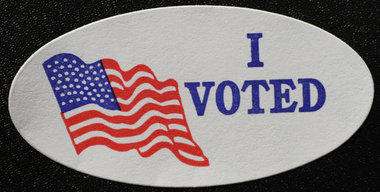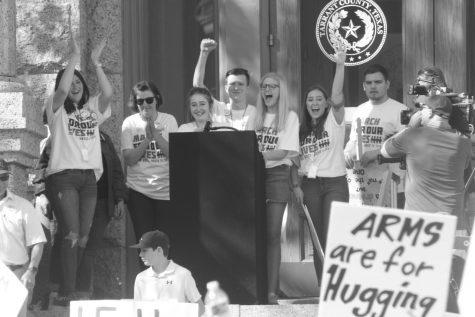LGBTQ+ community should be included in 2020 census

The 2020 census seems ages away in November 2018 but it is coming up soon, scheduled to come out in April 2020, only a year and a half from now. With that, the official committees formed specifically for reviewing and making the necessary edits to the census have converged and released a few versions of what the census itself is going to include. While most things are standard, one version that was released included a section that was never included before, providing a place for LGBTQ+ representation. This was not carried over into the official release of the census, though, and it has sparked outrage for those who know about it.
Not many people are even aware of the situation, though, as the census is not considered to be a heavy-hitting story therefore not receiving much media coverage. The decision to remove the LGBTQ+ information from the census has the possibility to generate serious impacts, however.
Without adequate representation, discrimination will continue to be allowed to be a rampant problem.
The census is the best overall coverage way to determine where funds towards programs need to be allocated to solve for disparity. Although LGBTQ+ information has never been on the census before, with the huge push for equal rights that has marked our recent political years, determining LGBTQ+ representation would help to allocate funds properly to provide programs and centers for those who need services related to LGBTQ+ problems. Whether that be resources like therapy or life shelter protection, members of the LGBTQ+ community are far more likely to have mental health problems, and, especially in the case of transgenderedness, also are often in need of more specialized physical health services. Without the census accurately portraying the number of overall LGBTQ+ youth and adults, then needs like these can not be met properly.
The community is not a stranger to discrimination, but those aware of the situation have been severely disheartened by the temptation of representation only to have it be taken away in the end. The United States alone is estimated to have more than four percent of the population, or about thirteen million people who identify as something along the spectrum in the LGBTQ+ community, and while it is certainly not a majority of the population, it certainly is a large enough group to raise some noise when dissatisfied. In fact, the numbers change every day as the LGBTQ+ community gains more and more exposure and more and more millennials and teens are identifying under the many branches of the community. Lack of representation leads to the lack of adequate resources for these millions of Americans.
Even the proposed question that would be added to the census is considered to be severely lacking in the eyes of the LGBTQ+ community. The question would simply follow the question of if a person is married, asking for clarification on if the marriage is a same-sex marriage or an opposite-sex marriage. While this shows progress, it does not account for any non-married people in the community, nor does it account for any trans identities to be represented, the group that often needs the most financial assistance.
The census may seem like a small issue, but the erasure of LGBTQ+ representation shows a larger issue of turning a blind eye on important issues that need to be fully assessed and solved with government help. Without adequate representation, discrimination will continue to be allowed to be a rampant problem.

I'm a senior and this is my first year on the newspaper staff. This year I want to write articles over politics and general new happenings in the school....






